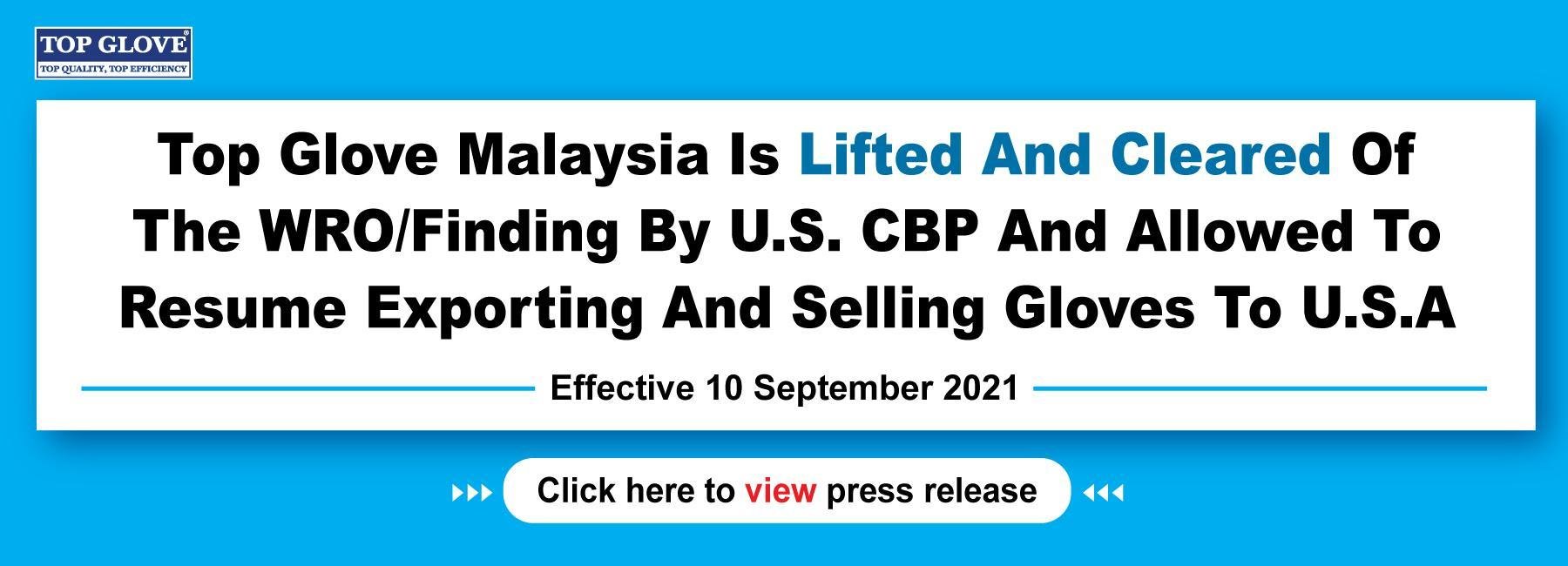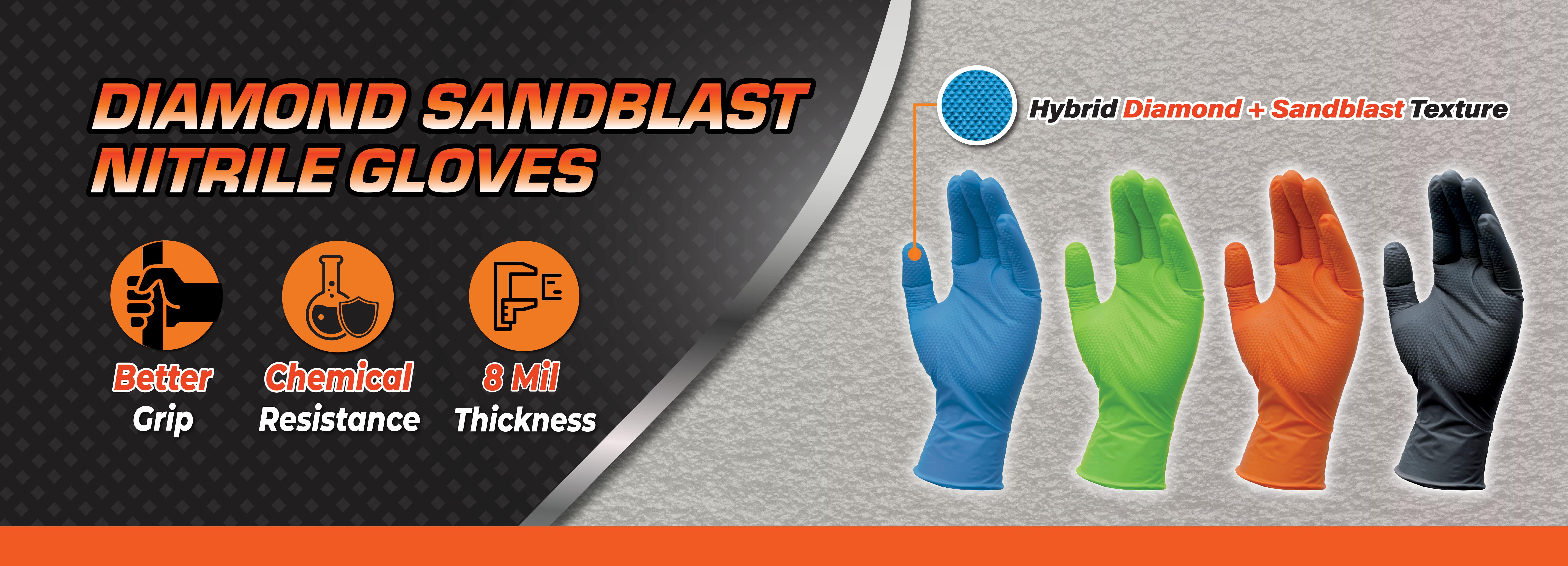ASIAN INNOVATORS CROSSING INTO LATIN AMERICA
10 July 2014 / 12:07
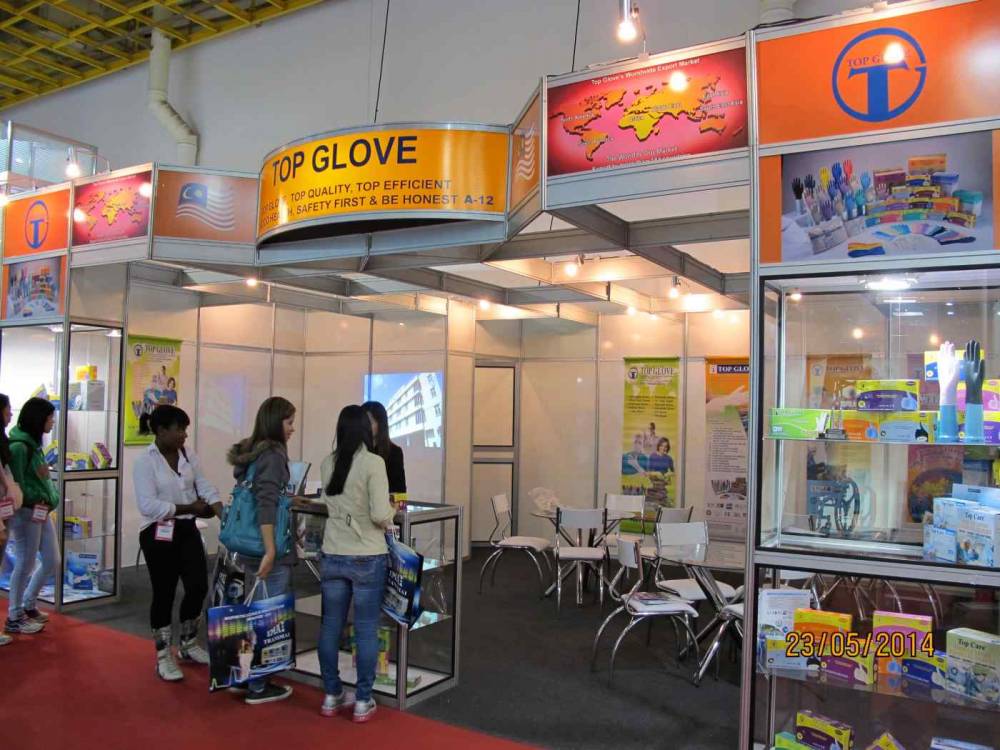
Top Glove took part in medical equipment trade show in Sao Paulo in May.
MERU, Malaysia: It is mid-June and the clock has struck midnight, but the lights in Top Glove's marketing department still burn and Joanna Ng is at her desk. Ng is on the line with someone in Sao Paulo, Brazil, which is 11 hours behind Malaysia. She is not getting the latest World Cup updates but rather finalizing a rubber glove order.
Brazil is an important market for Top Glove, where Ng is a general manager. The world's largest rubber glove maker has been winning deals for the past 20 years and currently commands a nearly 35% share of the Brazilian market, where its latex powdered gloves are big in the health care industry.
Top Glove goes all out to meet each country's stringent standards. For Brazil-bound consignments, it prints its name and a serial number on the cuff of each glove as per regulation.
Malaysia's rubber industry has a lot to thank Brazil for. Rubber was one of the natural materials that in the early 1900s set Malaysia on a path toward industrialization, and the first rubber seed of the hevea brasiliensis species originated in Brazil.
Today, Top Glove exports value-added rubber products in a big way to Brazil and other Latin American countries.
Although the U.S. and Europe account for 62% of global medical glove usage, these two markets make up only 11% of the world's population. There's a lot of growth in the remaining 89%, where health care standards are rapidly improving.
"Brazil's current consumption is about 10.5 gloves per capita, compared to the U.S.'s 150 gloves," managing director Lee Kim Meow said. "Assuming that Brazil's demand goes up to half that of the U.S., there is at least a sevenfold growth potential."
Established in 1991 by Lim Wee Chai and his wife, Top Glove holds 25% of the world's rubber glove market. It exports to more than 190 countries. It has 27 factories, most of them here, near the port city of Klang, which is about an hour's drive from Kuala Lumpur. Counting output at a few manufacturing facilities in Thailand and China, Top Glove churns out 42 billion gloves a year.
Growing at a compound annual growth rate of 28%, Top Glove's turnover has swelled almost seventeenfold since its inception, to 2.3 billion ringgit ($721 million) in 2013.
Guided by the motto, "to earn two health dollars and invest one efficient dollar," the company is known to snap up rival companies. The latest acquisitions, in 2012, were GMP Medicare and Agro Pratama Sejahtera, an Indonesia rubber plantation company. Top Glove is also expanding its existing facilities to boost capacity to 44 billion pieces by the end of 2014.
Malaysian rubber glove makers account for about 55% of the world market. They compete ruthlessly against one another as well as with foreign rivals. They also constantly grapple with volatile raw material costs and foreign exchange swings.
To mitigate business risks, Top Glove has ventured into rubber planting. It has a 307 sq. km plantation in Sumatra. When the trees mature, they should meet 40% of Top Glove' latex requirements.
Top Glove has a far-flung sales network. When one region is in an economic downturn, there are others to pick up some slack. Currently, Europe accounts for 31% of the company's revenue and North America makes up 26%. Asia and Latin America pitch in 16% apiece. The Middle East comes in at 7%. No single customer contributes more than 4% of revenue.
The company is also trying to achieve a balanced ratio of natural and synthetic, or nitrile, rubber gloves. The glove maker plans to increase the production of nitrile gloves, which fetch higher prices, from the current 25% to 35% this year.
Hygiene and health care standards are advancing in developing countries, while populations are aging at an accelerated pace in advanced economies. Top Glove may be selling largely to Europe and North America now, but it is a matter of time before the pendulum swings to emerging regions like Latin America.
Bem vindo de volta, hevea brasiliensis.
Nikkei Asia
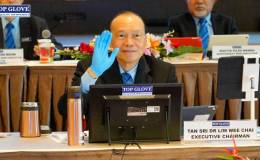

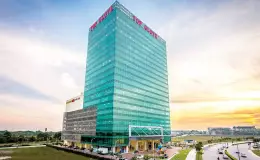
-cropped.jpg)

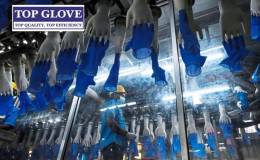

.jpg)
 (1).jpg)

.png)
.png)
.png)
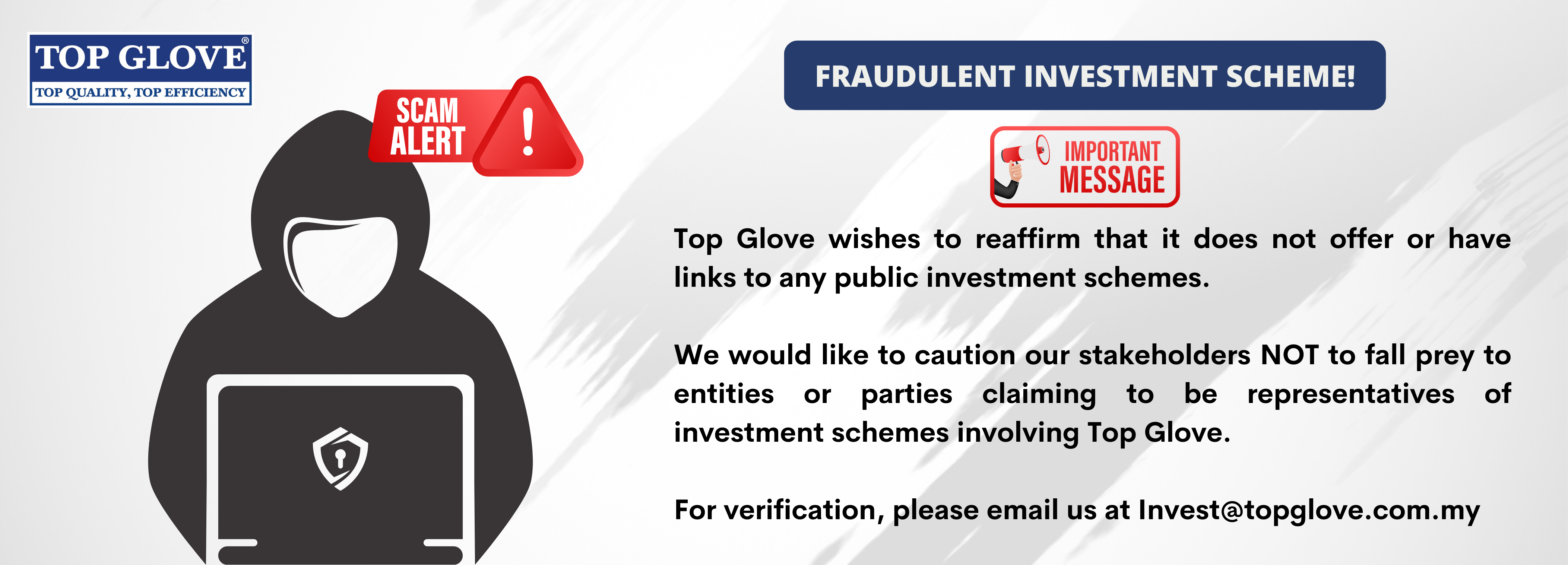
.png)
.png)
.png)
